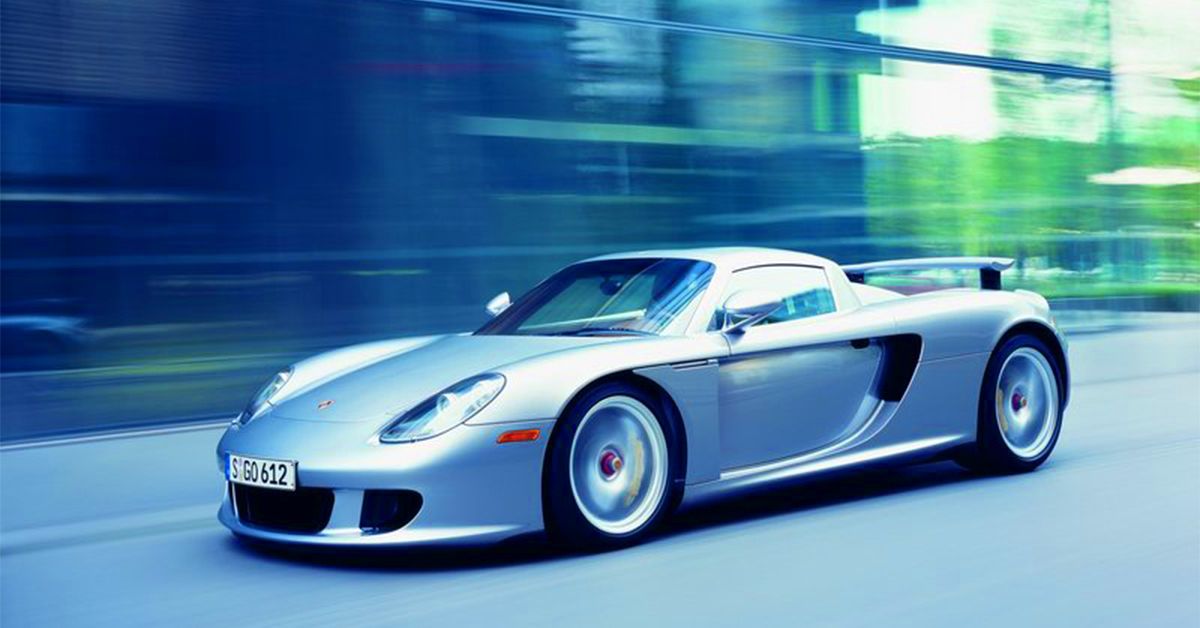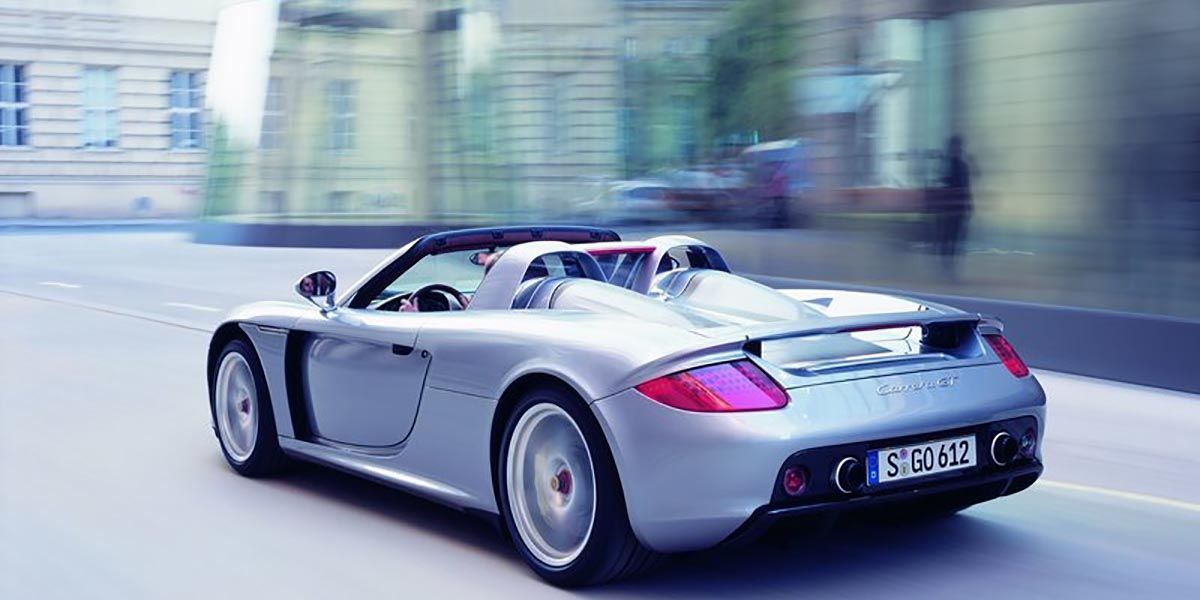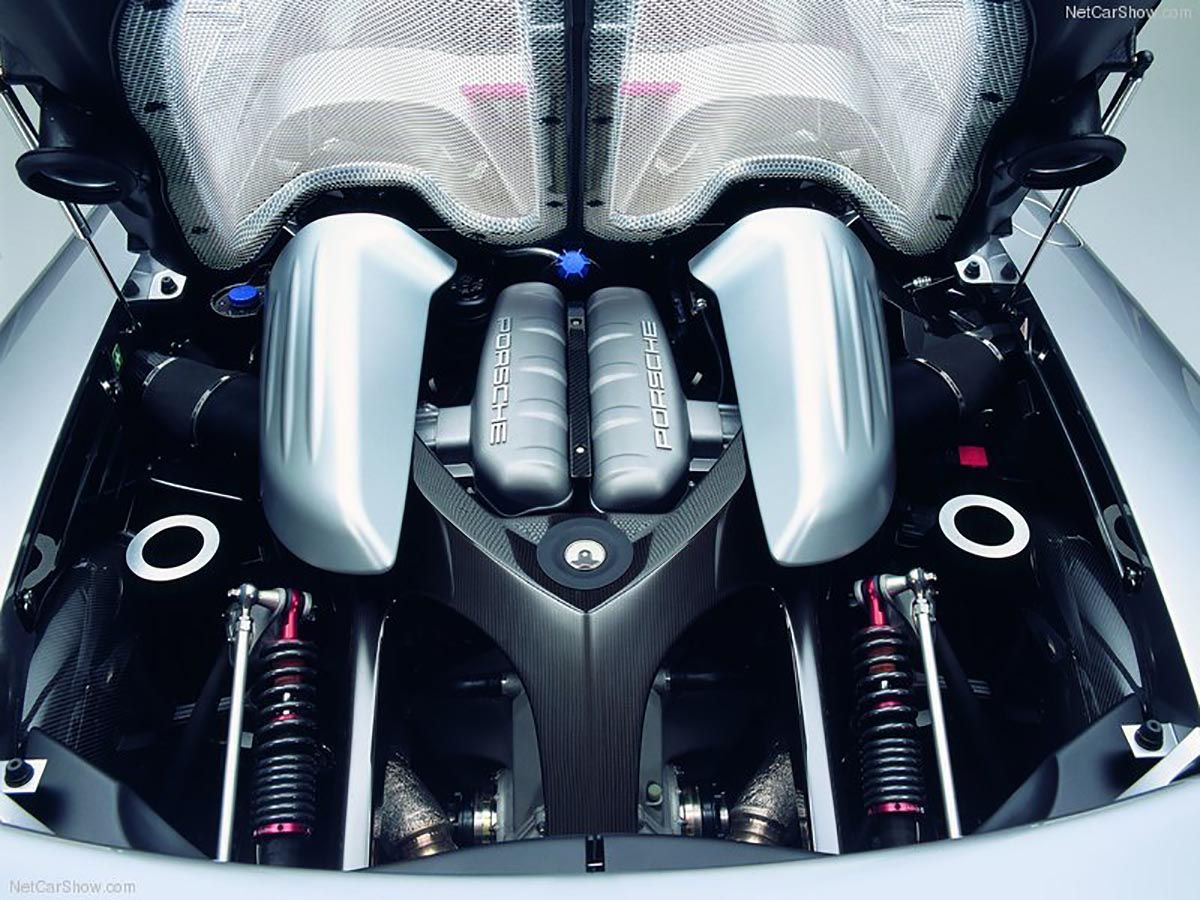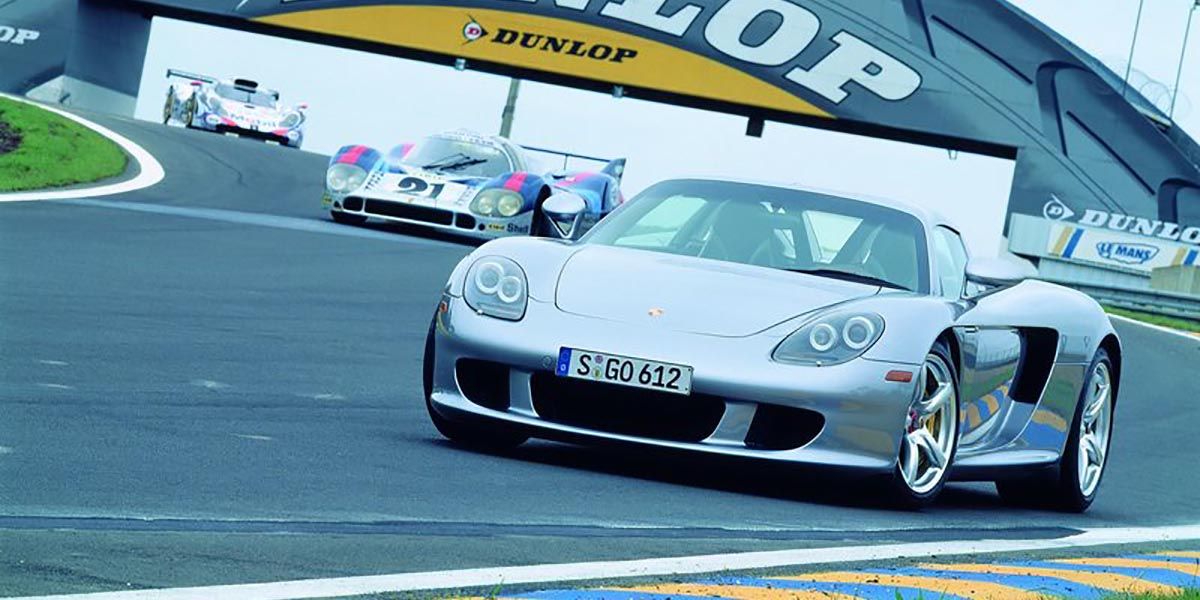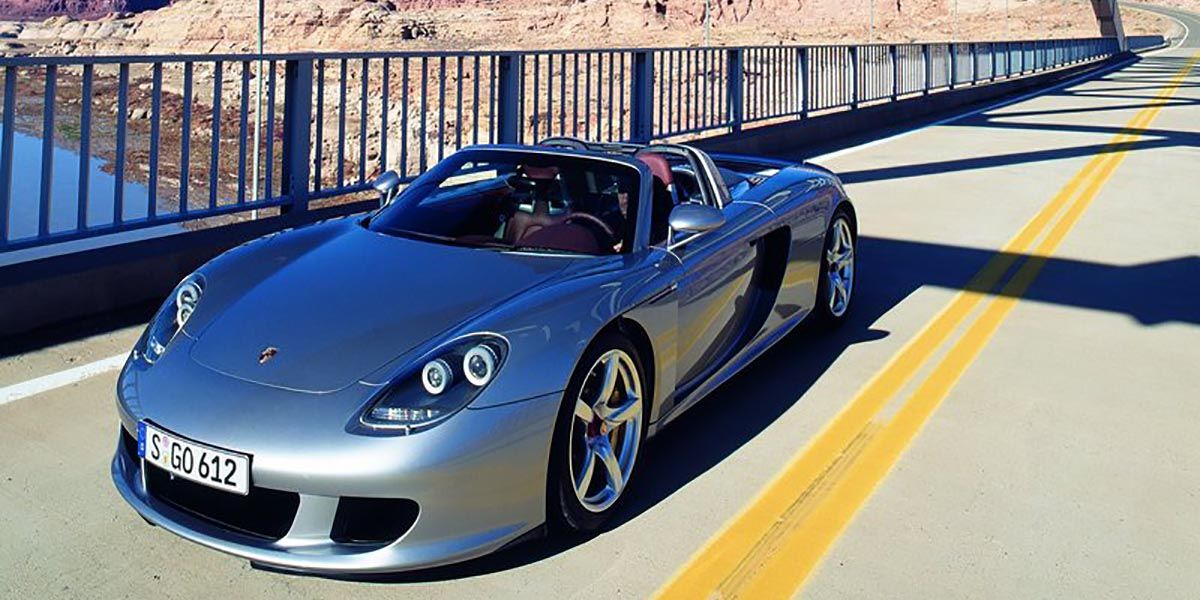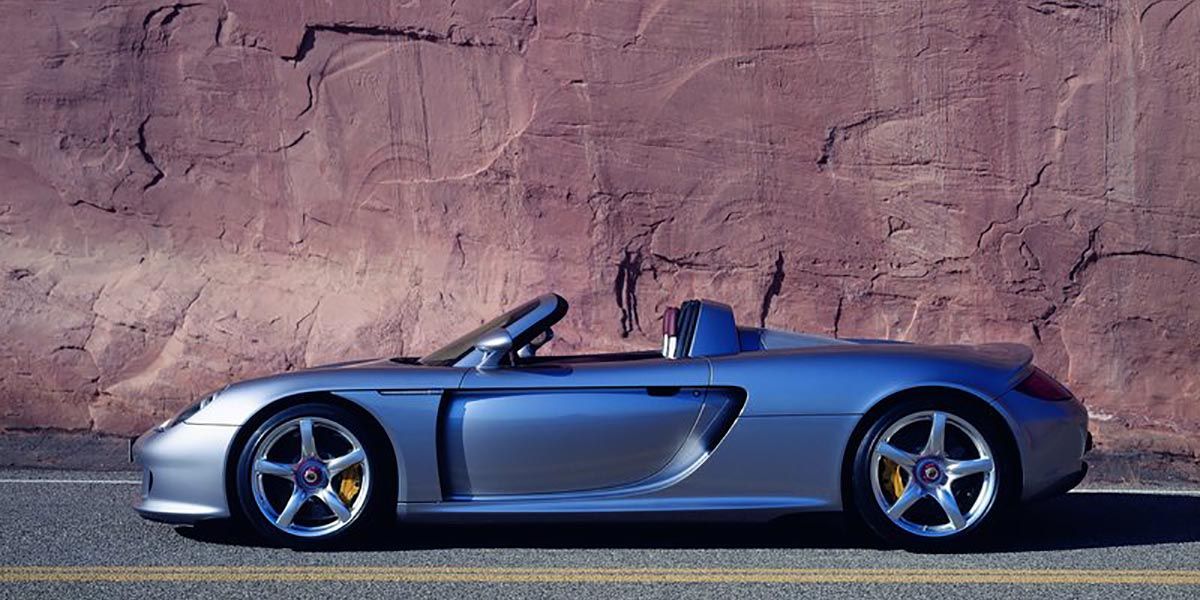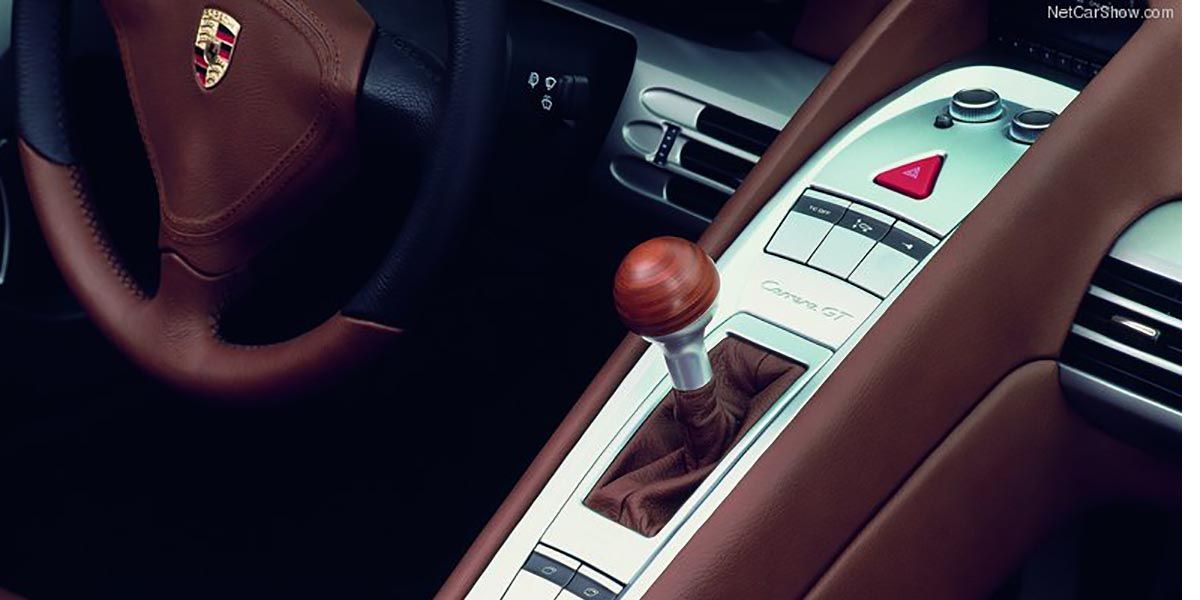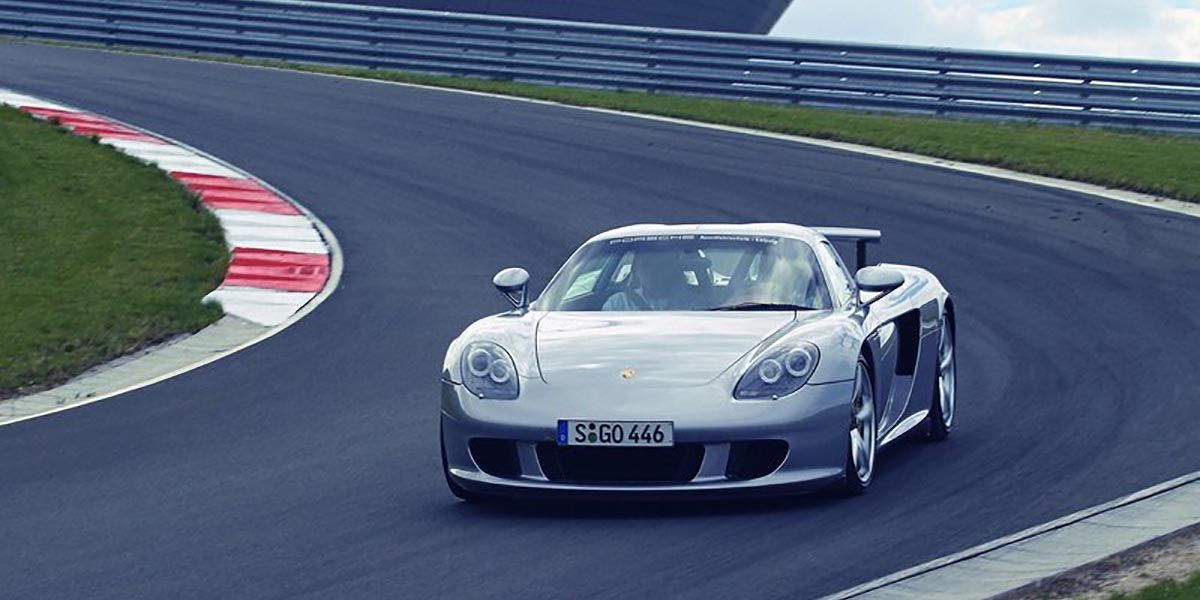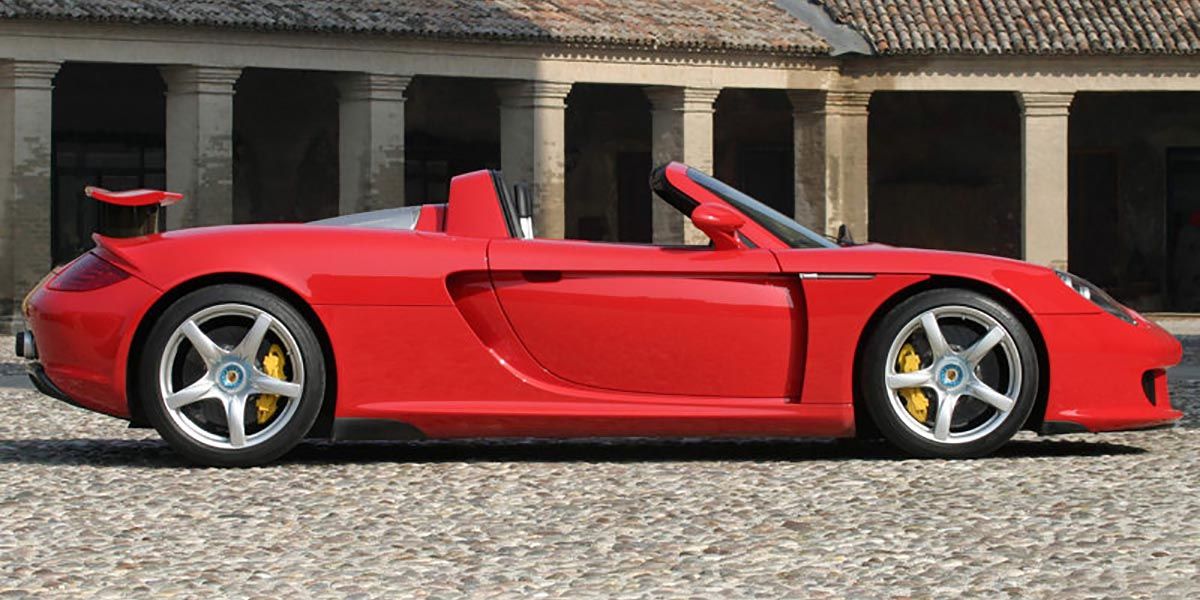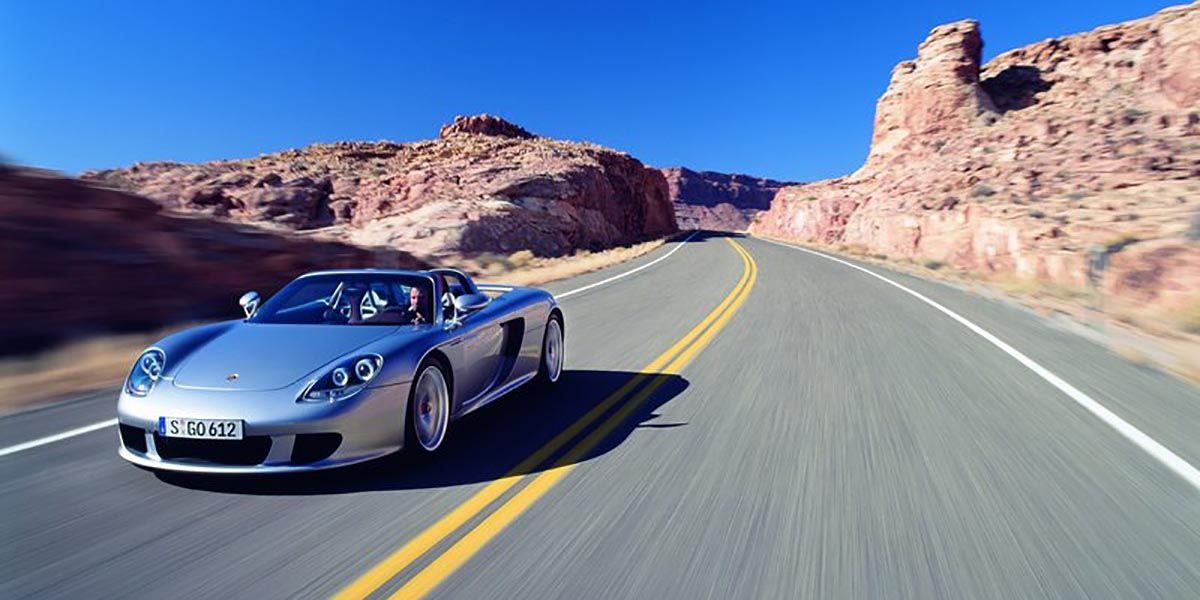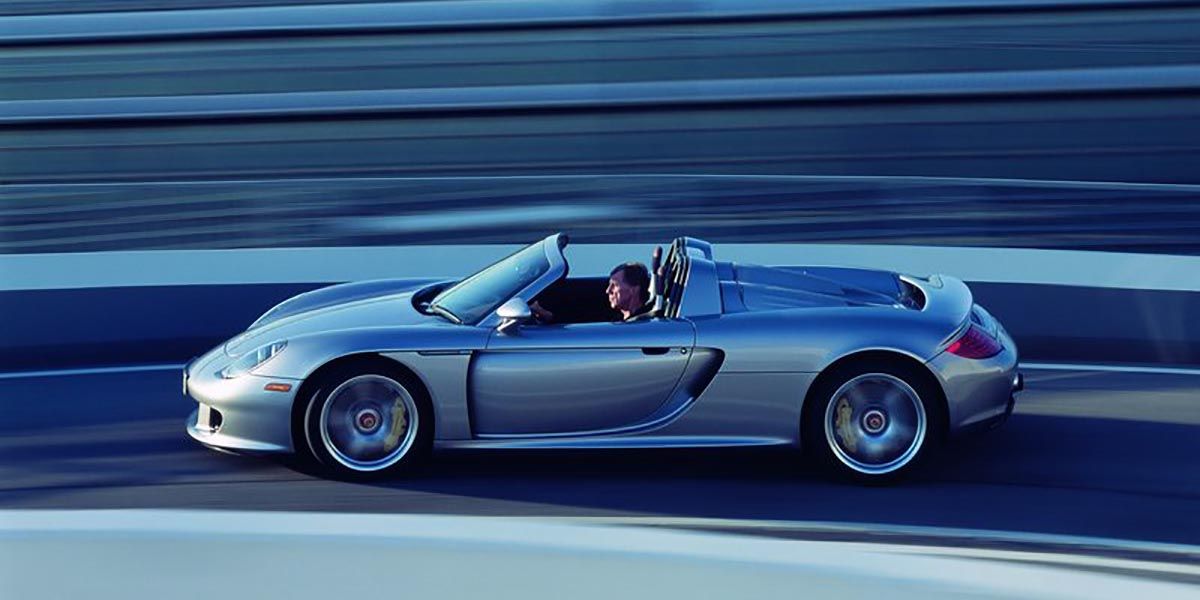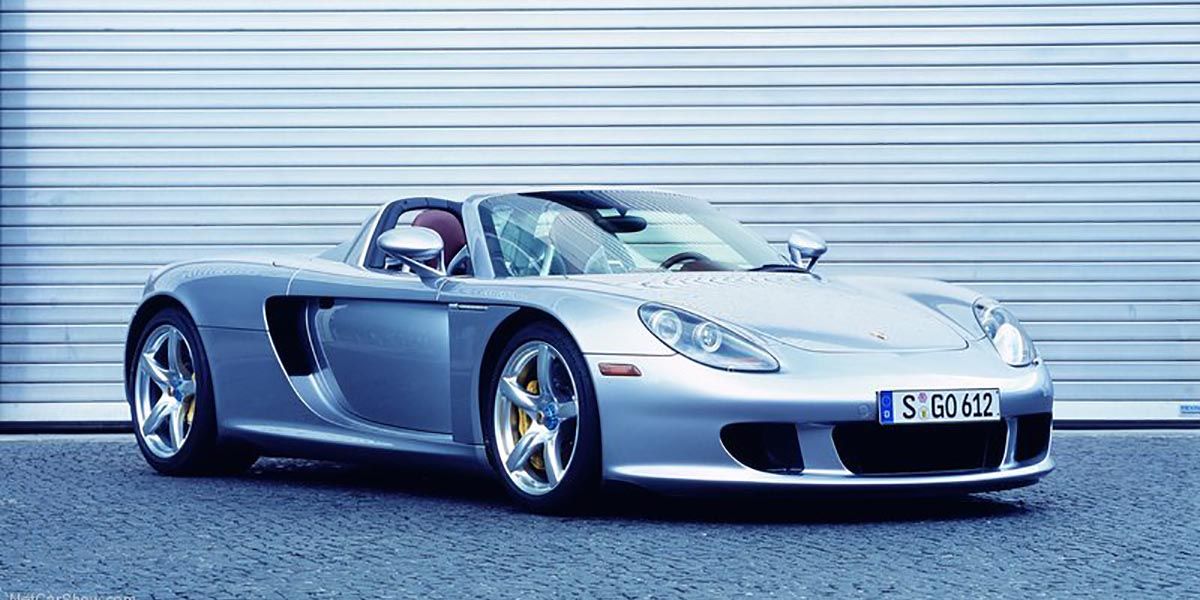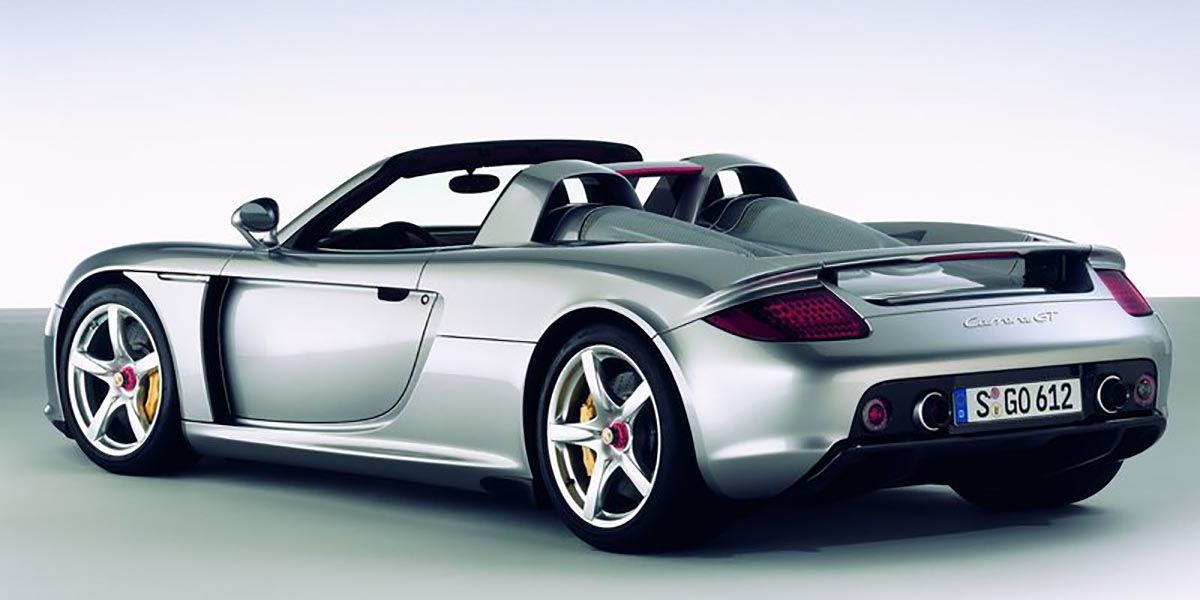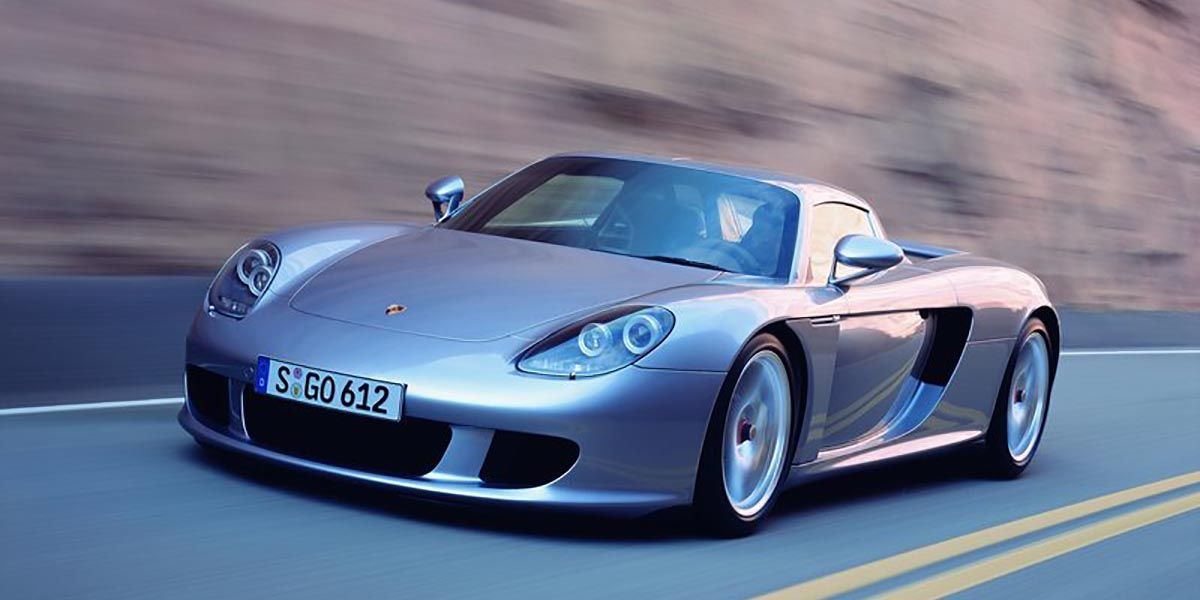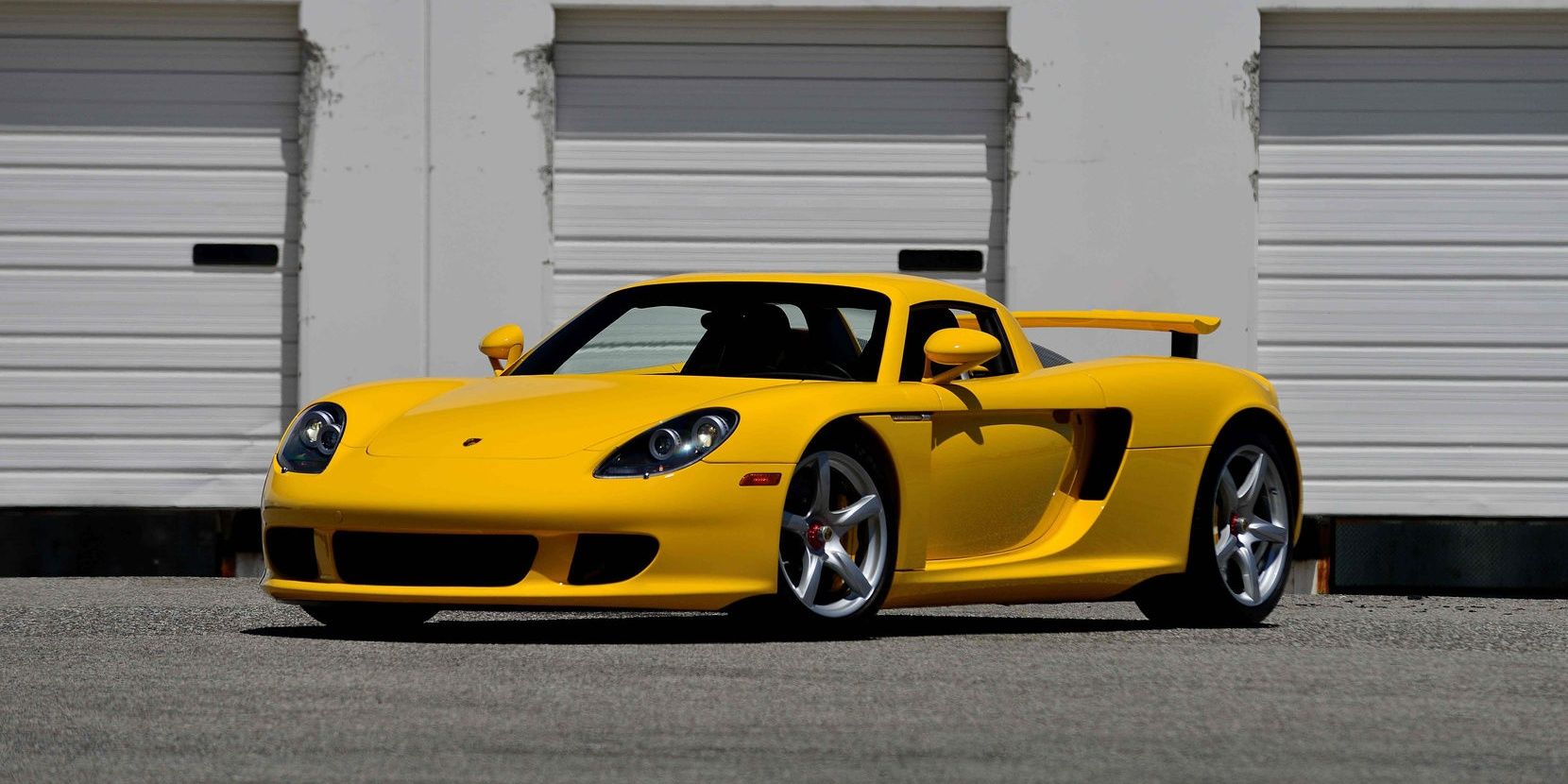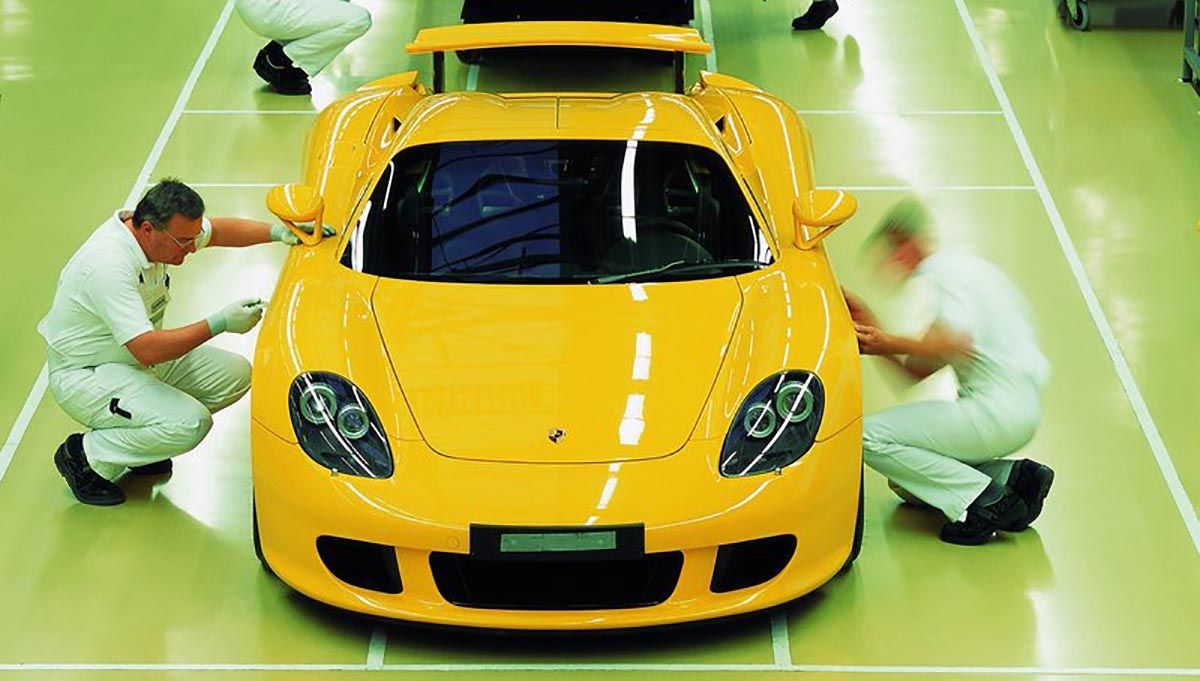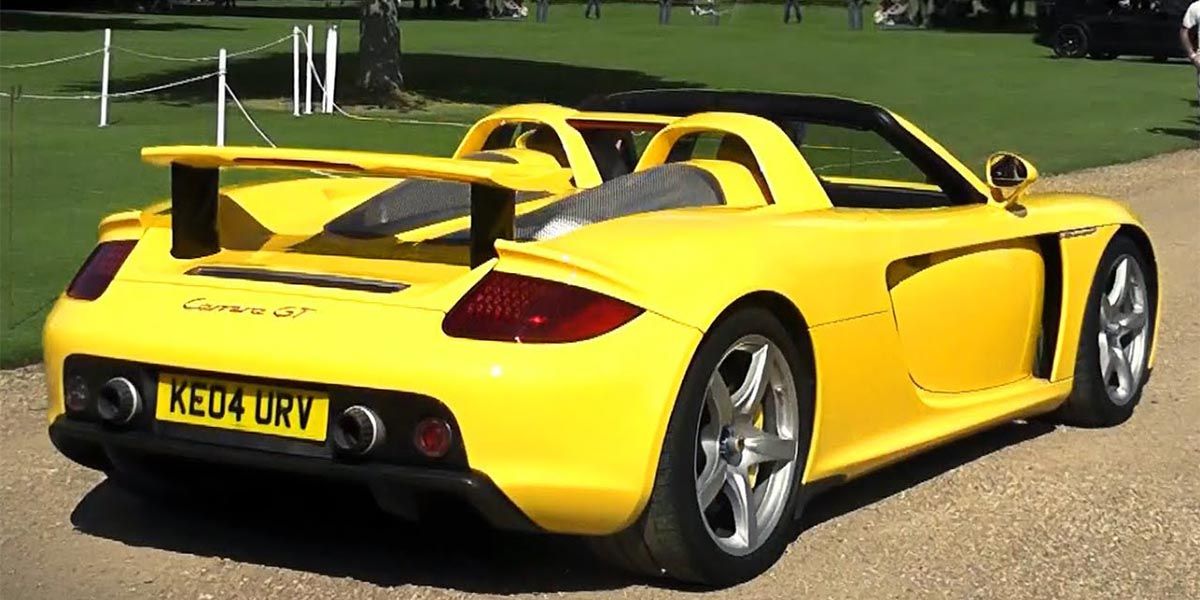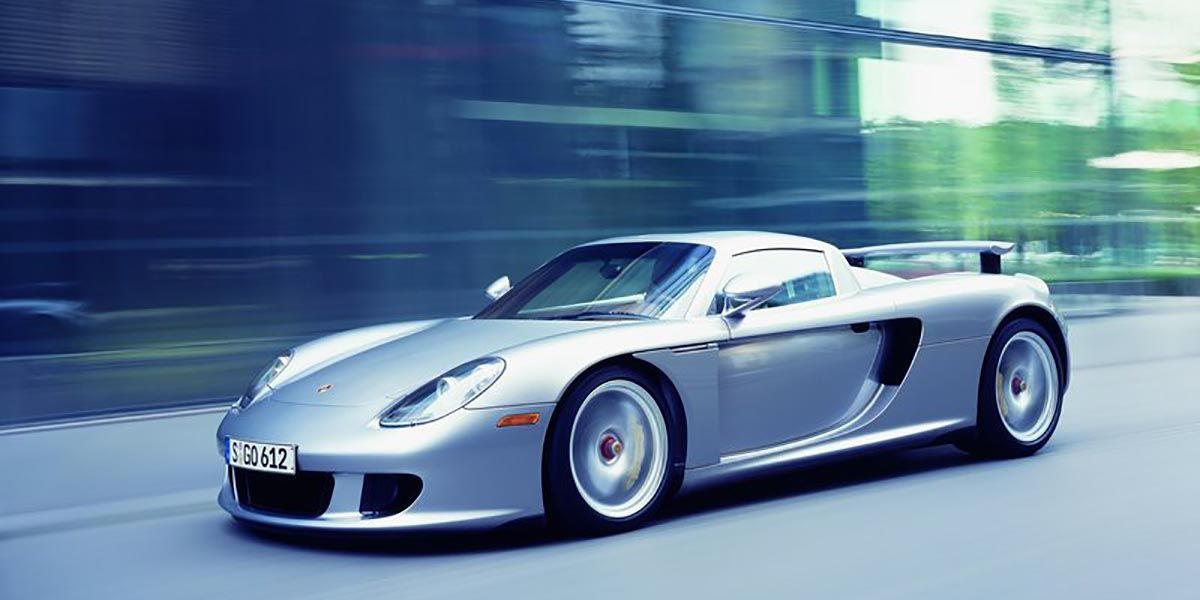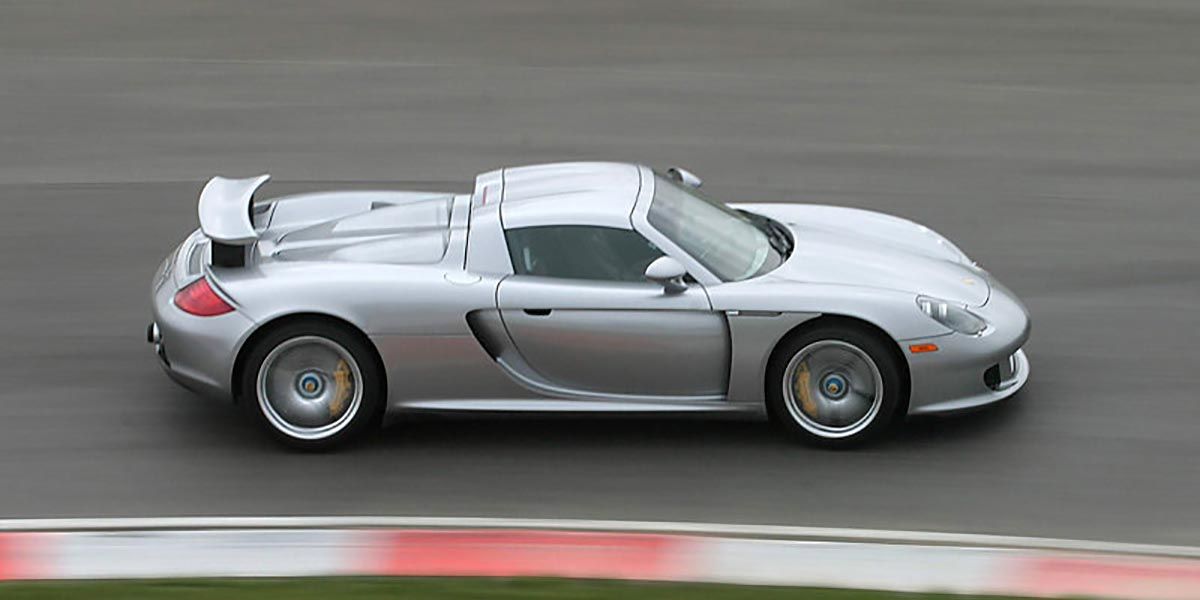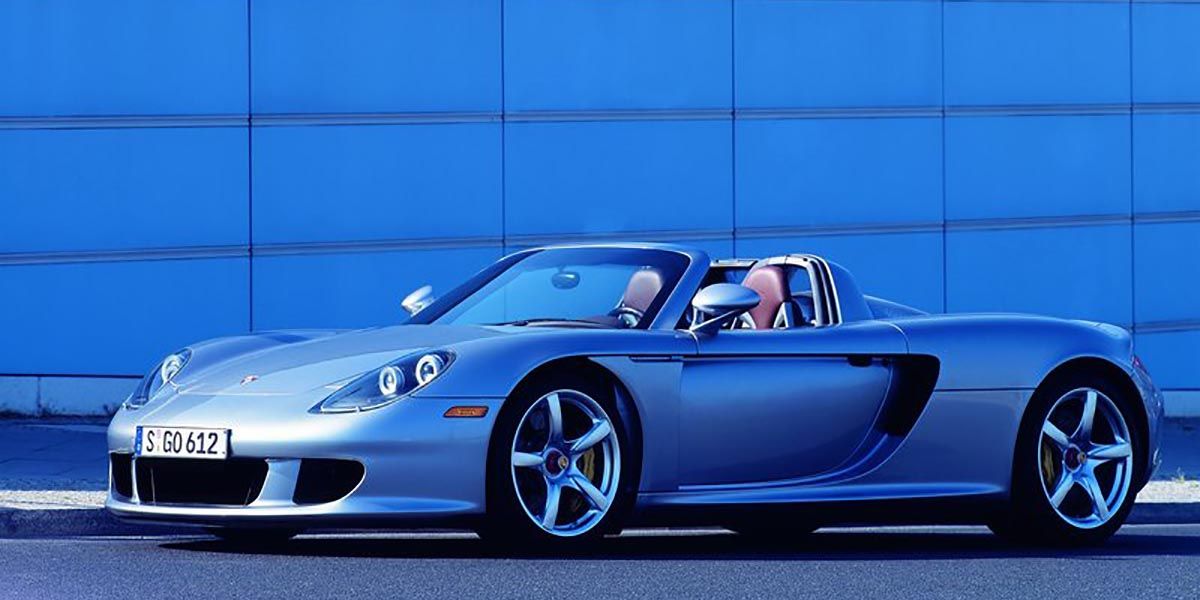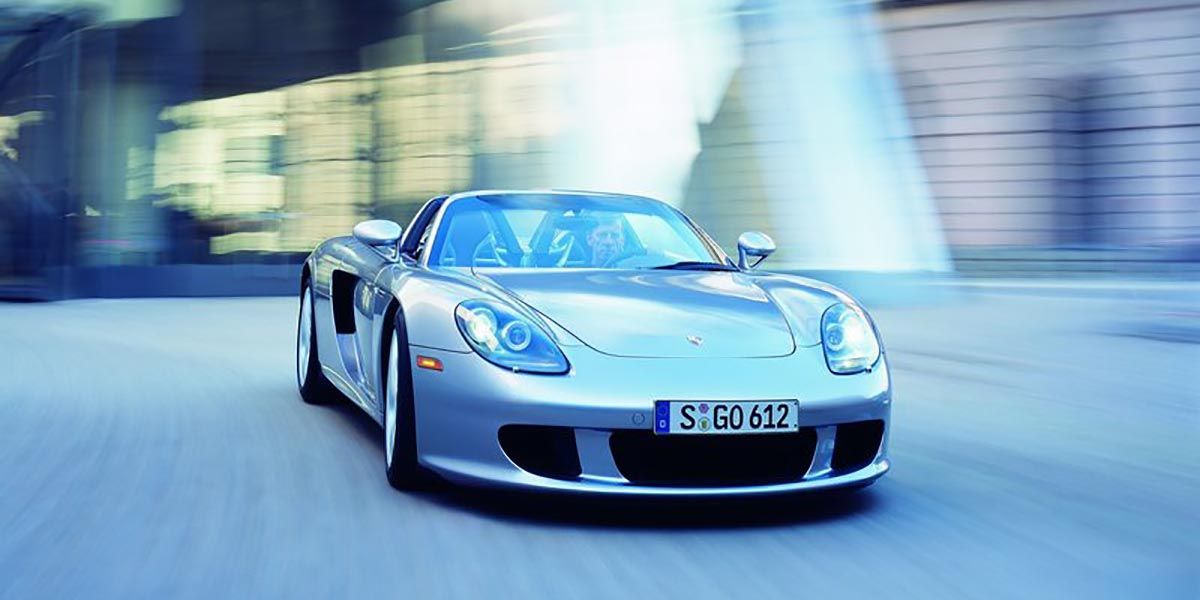A successor to the Porsche GT1, the Porsche Carrera GT supercar was codenamed Porsche Type 980. Its production version made its debut at the 2003 Geneva International Motor Show, three years after the concept was first revealed at the 2000 Paris Motor Show. It had a $440,000 sticker price, which many thought was outrageous. Fast-forward to today, the Carrera GT is now worth a million dollars as it is considered one of the best supercars from its era.
An outlier from the standard Porsches, it was made to reward the most accomplished drivers with full control; very few electronic systems meddled with the driving. For this, many consider it dangerous; it was the car involved in the death of Paul Walker — the Fast and Furious star actor. While Porsche claimed the causes were that the Carrera GT was "misused and improperly maintained" and "abused and altered", it is still a supercar that's infamous for being challenging to drive.
Today, it is seen as the most daring Porsche supercar ever made. Raw and wild, it enthralled the world. To expound on this, below are the 10 reasons why the Porsche Carrera GT was the most awesome supercar of its time.
10 A Porsche With A Naturally Aspirated V10
Instead of the standard 911-based rear-mounted flat-six turbo engine, the Carrera GT was announced with a naturally-aspirated 5.5-liter V10 smacked on its mid-rear. Longitudinally placed, it was covered by perforated stainless-steel sheets above each cylinder bank to breathe with ease. By the time the first Carrera GT was produced, the motor's displacement had grown to 5.7 liters, enabling it to crank out 612 hp and 435 lb-ft of torque.
With an 8,400 rpm redline, it let out a scream similar to F1 engines; that's because it pretty much was one. Porsche had a 4-year contract to make engines for the Footwork Arrows Japanese F1 team, but the deal collapsed in under a year. The unit was shelved waiting for a worthy car, and it turns out it would be the 2004 Carrera GT.
9 It Was A Racing Derived Supercar For The Road
The Porsche Carrera GT was nothing close to a 911; they were only connected by name. Its roots can be traced to the Porsche 911 GT1 and LMP1 race cars. Specifically, it was based on the secretly-developed Porsche LMP2000 (also called 9R3). This LeMans Prototype was never raced after the FIA changed the rules for GT1 and LMP1 cars.
Stuck with the V10 engine from the shelved Footwork Arrows project, Porsche engineers took the attributes of the 9R3 and used them to create a road-legal supercar (The Carrera GT) to fit it in.
8 The Cool Motorsport-Inspired Design Cues
Several unique parts in the Porsche Carrera GT, like the front headlights, borrowed Porsche race cars' design language. Just like Le Man racers, its wheels had color-coded center locks, with red used for the left wheels and blue for the right wheels.
For an awesome and race-like experience, the Carrera GT's stubby manual shifter was topped by a stylish beechwood knob; this was inspired by the wooden gear knobs used by the all-conquering Porsche 917 Le Mans racers. For 2005, Porsche added a carbon-fiber option.
7 Among The Last Supercars With A Manual Transmission
Supercars with a manual transmission are a dying breed. When the Carrera GT launched, high-end supercars like Lamborghini and Ferrari were already shifting to paddle-controlled automated clutch transmissions. Porsche decided to stick to a six-speed manual transmission for the Carrera GT to make hard-core Porschephiles happy.
In retrospect, it was a smart move, as this last manual world-beater from the German-automaker stands out as one of the most engaging supercars from its era. When asked about it, Porsche claimed there was no better paddle-shifting transmission suitable for the Carrera GT.
6 It’s Insane Performance
The numbers for the Carrera GT were hugely-impressive for 2004; it's one of the best supercars to roll out the gates at Zuffenhausen. The V10 had plenty of grunt to help talented drivers accelerate it from a standstill to 60mph in a mere 3.5 seconds. That's the same as the Ferrari Enzo and 1 second faster than the Mercedes-McLaren SLR.
With the throttle floored, drivers could reach a mind-bending 205 mph top speed, which is nothing less of scary without ESC by default.
5 The Last True Analog Supercar From Porsche
While most supercars today function as automated computers only requiring a few inputs, the Carrera GT was a manual with a race-specification clutch, traction control that could be turned off, and no electronic stability control (ESC). It rewarded skillful drivers on the track but required enthusiasts to have a keen eye on busy streets.
A raw and mechanical beast, those who didn't take time to learn and respect its capabilities before pushing its limits have ended up in crashes and ditches. According to Walter Rohrl, Porsche's test driver and legendary racer, the Carrera GT was the first car he drove and felt scared — it had too much power for ordinary drivers.
4 Its Supercar-Pioneering Construction
While many have joined the party, it should never be forgotten that the Porsche Carrera GT was the first serial production car to use a pure carbon-fiber-reinforced monocoque chassis and subframe.
That's why Porsche used almost four years to engineer the production version, which became a pioneer and poster car for composite technology. Other firsts (for a production car) included the use of ventilated carbon-ceramic discs instead of steel and the inclusion of a ceramic two-plate dry clutch.
3 It Was Rare
When it was announced, Porsche made it clear that it would be a limited production supercar, with only 1,500 planned. Production was to end in 2006 but did so prematurely in August 2005 because of airbag regulation changes in the USA.
By then, only 1270 units had made it into the hands of buyers, with 644 units sold in the USA, 31 in Canada, and 49 units in the UK. Today, the Carrera GT is ranked as one of the most collectible Porsche of the 21st-century.
2 Its Aerodynamics
The folks at Porsche devised an advanced air conduction system that helped the Carrera GT use ground effect to achieve a stable driving line at high speeds (up to 205mph). For this, the entire carbon underbody was paneled to create the underbody geometry of a race car. Together with the rear diffuser, both features helped it stick to the road with a drag coefficient of 0.39.
Like most 911 Porches, the Carrera GT also came with an electronically operated rear wing that would auto-deploy at speeds north of 70mph to reduce rear-end lift. Drivers could also manually deploy it anytime via a button.
1 The Ultralight Focus
The lightweight carbon-fiber monocoque and other weight-saving mods made the Carrera GT only weigh 3,043 pounds. On the inside, it had lightweight seat shells made with carbon fiber and Kevlar, while most of the cabin parts used aluminum. Two body panels at the top could be removed for convertible-like experience.
It rode on 19 and 20-inch magnesium forged wheels, lighter than aluminum wheels. Its carbon-ceramic (silicon carbide) disc brakes were not only lighter than other brake systems but also highly responsive. Beyond that, its ceramic twin-plate dry clutch was much-smaller and ten times lighter than the standard Porsche clutch. The V10 engine was made with a flywheel-less design for even more weight savings, instead of the traditional dual-mass flywheel.

